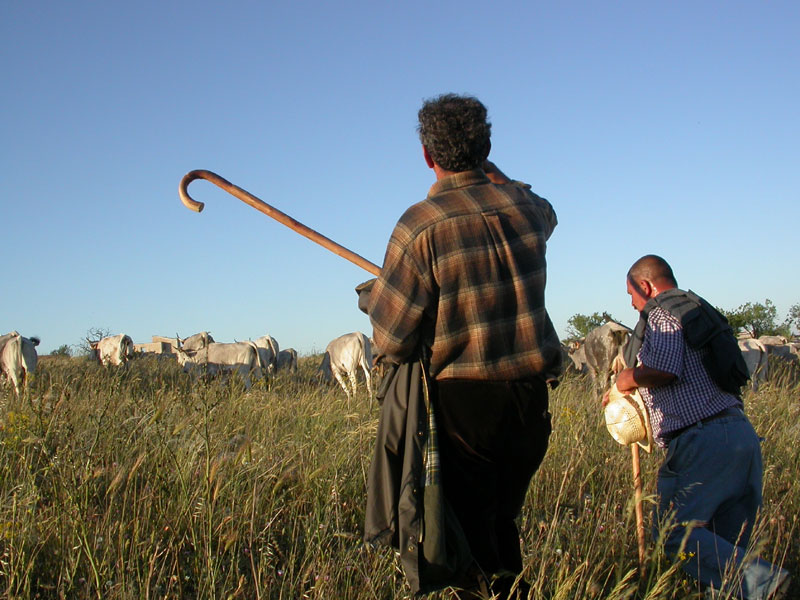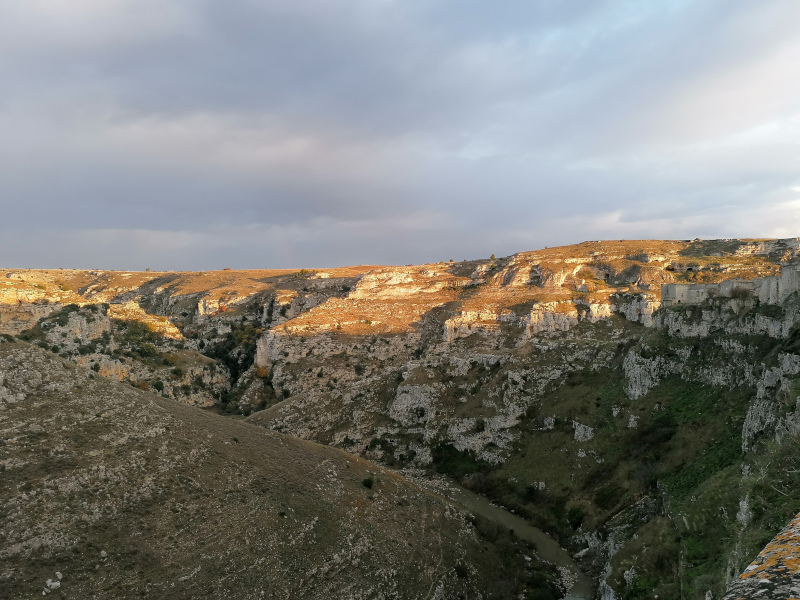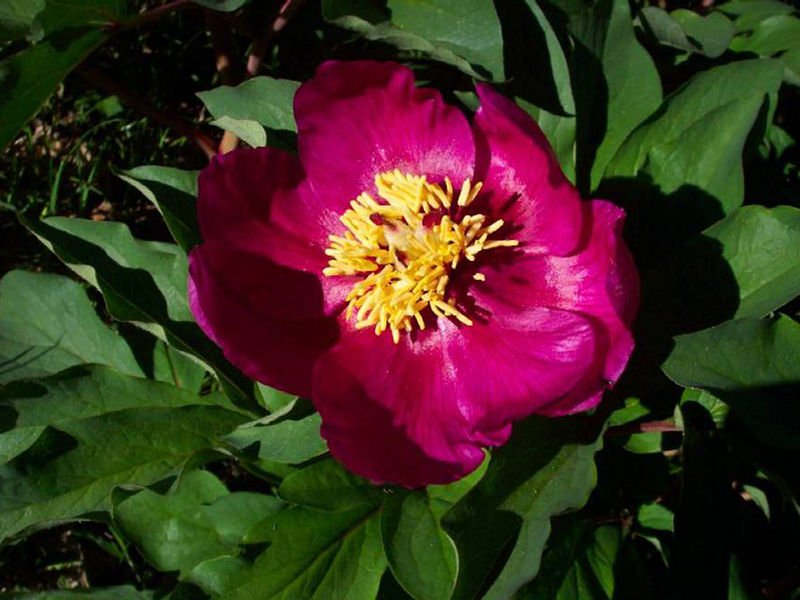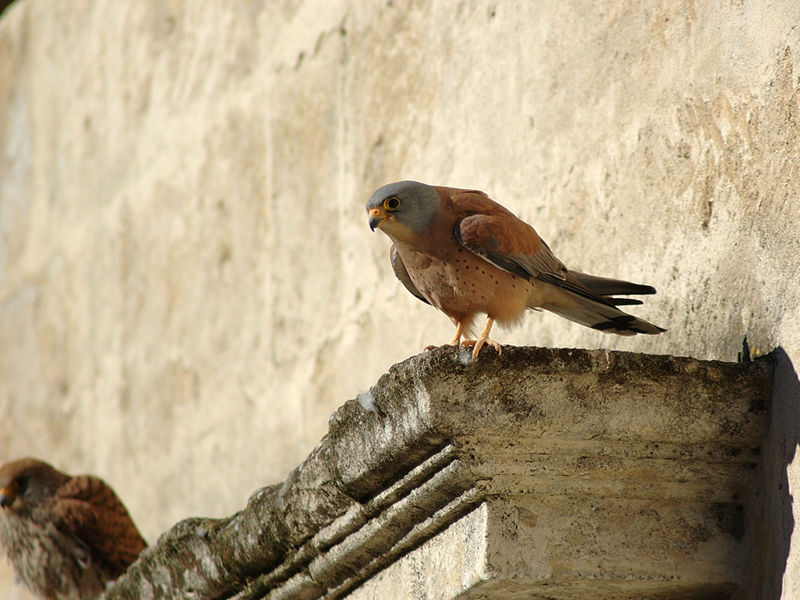Parco Archeologico Storico Naturale delle Chiese Rupestri del Materano
www.parcomurgia.itProtected Area
Identity Card
- Chiese Rupestri del Materano (della Murgia Materana) Archaeological Park:
- Land Surface Area: 8'056.00 ha
- Protected flora: 20 species (Italian text)
- Protected wildlife: 87 species (Italian text)
- Habitats: 8 types (Italian text)
- Regions: Basilicata
- Provinces: Matera
- Municipalities: Matera, Montescaglioso
- Establishment Measures: LR 11 03/04/1990
- PA Official List: EUAP0419
- Further managed Protected Areas:
- ZSC e ZPS Gravine di Matera
Park Authority: (texts in Italian)
- Bodies
- Contact
- Laws and Regulations
Discovering Murgia Materana Park
Without a doubt, one of the most spectacular rupestrian landscapes of Italy witnessing the ancient relationship between man and nature is situated in Basilicata, in Matera, at a few kilometers from the border with Apulia.
Parco Regionale Archeologico Storico Naturale delle Chiese Rupestri del Materano, also called Parco della Murgia Materana, is characterized by a soft rock consisting of deep fissures creating cliffs, ravines, caves, and gorges which have been used by man since prehistory. It lies in the districts between the roads S.S. 7, S.P. Matera-Ginosa-Montescaglioso, and S.S. 175.
(the following links lead to Italian texts)
Flora
The flora of Murgia Materana Regional Park includes 923 species, that is about one sixth of the regional flora: a considerable quantity for an area covering about 8,000 hectares.
One hundred rare and very rare species, among which several of Mediterranean-eastern origin, 61 new for the flora of Lucania, and 36 endemic and subendemic species, that is species with a rather limited distribution area.
Further information (Italian text)
Fauna
The apparent harshness of the territory of Murgia Park conceals a natural environment which strikes for its beauty: an alternation of imposing rocky walls and gentle hills, deep gorges and fresh swamps in a continuity which is always surprising.
Between the garigue and the Mediterranean maquis, in the residual woods of Downy oak and Macedonian oak, besides an interesting flora, also a rich and picturesque fauna can be found.
Further information (Italian text)










